Crassula Tetragona – The Miniature Pine Tree Succulent Plant
Crassula Tetragona. With so many flowers and plants in the world, it is almost impossible to know about every single one, so we have put together a helpful guide to break some of our favourites down for you.
In this article, we will be exploring the Crassula Tetragona and what makes these plants so special.
DISCLAIMER
Some of the links on here are affiliate links and I may earn if you click on them, AT NO EXTRA cost to you. Hope you find the information here useful! Thanks.
Related Articles:
- Crassula Perforata: How To Care for the String of Buttons Plant
- Jade Satin Scindapsus – Plant Care, Propagation and Remarkable Tips
- Scindapsus Pictus Argyraeus (Silver Pothos) – Care Tips
- Philodendron Cordatum – The Complete Care Guide
- Crassula Capitella (Campfire Crassula) – A Stunning Succulent
- Growing Kale Indoors: Top Tips For 2023
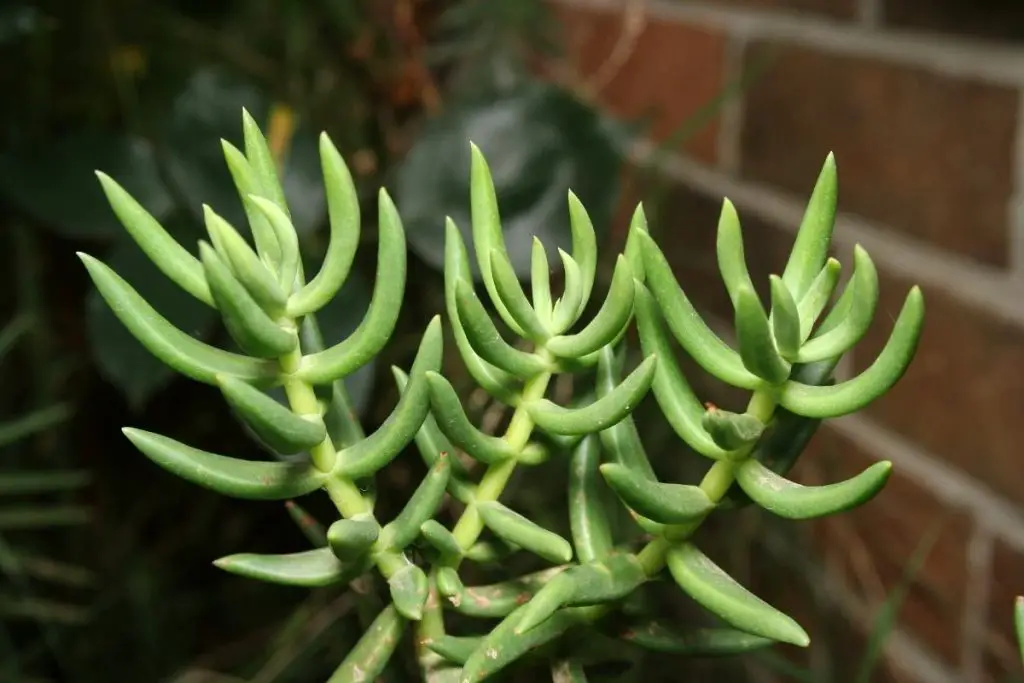
What Is Crassula Tetragona?
The Crassula Tetragona, also known as the Mini Pine Tree, is a plant that plenty of us will recognize upon looking at it but not know the name of. This is a plant that originates from South Africa and is notable for its thick, green, curved branches.
To keep one of these beautiful plants, it is important to keep these at a regulated temperature of 59 degrees Fahrenheit to 77 degrees Fahrenheit.
Using a Thermo hygrometer can help you measure your plants’ environment to ensure you give the perfect growing conditions!

Only then can the plant thrive sufficiently. What makes the Crassula Tetragona different from all the rest is the small white flowers that burst from the thick stems.
Instead of taking over the entire plant, these tiny flowers only surface on the tip of the stem, creating a unique and pleasant feature.
Looking After Your Crassula Tetragona
So, you want to have one of these plants for yourself. Before doing so, there are some things you should know in order to care for the plant properly. The Crassula Tegragona requires care and attention so it is important to acknowledge these rules.
Location
This plant can be kept both indoors and outdoors. What is most important is a regular temperature. If you know that this need can be met then feel free to choose the location.
Sunlight
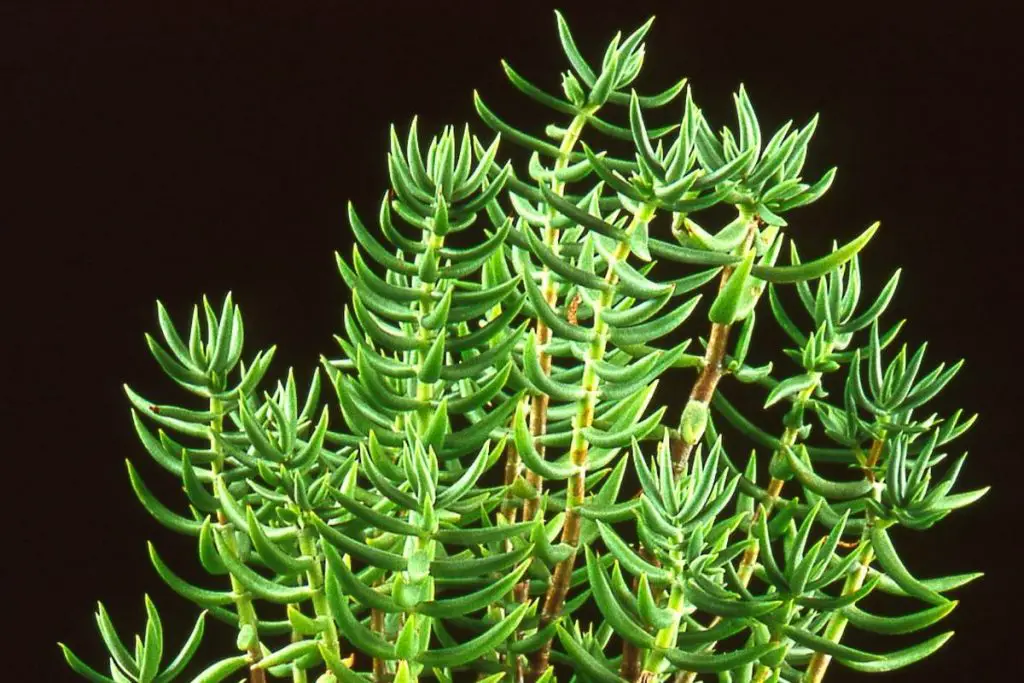
Lighting is a key factor and is important for the life of the Crassula Tetragona. Depending on if you treat it as an indoor or an outdoor plant, the way it receives light varies.
Outdoors, this plant is able to handle all shades of light whether that be right beneath the sun’s rays or hidden under shade. It is important to keep an eye on your plant whilst it is outside as sunburn can occur. If this happens, simply move it into a shaded place.
If you choose to keep your plant indoors, however, the way it is treated needs to be done differently. It is important for the plant to have plenty of natural sunlight, at least 4 to 6 hours a day of light.
Do this by keeping it by a window (preferably east facing) or door so it can absorb as much light as it can.
Water
All plants require water, Crassula Tetragona being one of them. It is important to keep your plants hydrated for a long and healthy light and it is the responsibility of the owner of the plant to meet its needs.
Unlike other plants, Crassula Tetragona does not require too much watering and perform well in dry, humid climates. The amount of times your plant needs to be watered depends on the area you live in.
If you live in a warmer area with a lot of humidity then you will not need to water too often (around every 10 days). When it is cooler, you only need to water your plants every other week (around 14 days).
An easy way to see if your plant is in need of watering again is to touch the top of the soil – if it is dry, it needs to be watered again.
It is important to recognize that Crassula Tetragona is not like all plants that require constant care. This is a plant that has the ability to thrive on its own as long as it has the right lighting and is being watched.
Soil
With a plant such as this one, you cannot just choose any soil. It is essential to pick out the correct kind in order for it to grow strong. Cacti or succulent potting mix are ones that have been recommended by many – these are well-draining and are very beneficial for the life of the plant.
Purchasing an organic cacti/succulent potting mix can ensure well drainage and healthy growing root systems!

You do not want the soil to still be wet after having been watered – if this is the case, you will then know that you need to change the potting mix. The soil should absorb the water and should turn dry quickly.
Problems That Can Occur With Crassula Tetragona
Although looking after a Crassula Tetragona is arguably a simple task (only needs sun and requires little watering), there are still a handful of problems that can arise.
Shriveled Leaves
In some instances can the leaves of your plant become shrivelled; this is caused by underwatering. As the watering process doesn’t happen every day, it can be easy for people to forget and abandon their plants. Make sure to always check your plant’s soil. If it is completely dry, water it.
Using plug-in self-watering spikes can ensure your plant is getting a frequent constant water supply!

Brown Leaves
Brown leaves are another common issue when it comes to Crassula Tetragona. Brown leaves come from sunburn and this may be a surprise to many since this plant is known for thriving in the sun.
If this happens to your plant, be sure to remove the plant away from direct sunlight and place it in a shaded area. Make sure that this shaded area still allows some natural light to enter.
Using a sunblock filter mesh can protect your plant from intense direct sunlight providing a partial shade of filtered light.

Final Thoughts
Overall, Crassula Tetragona is a beautiful plant that deserves to be shown off, and the best way to do this is to show them the love and dedication that they need. By doing so, this plant will thrive and grow to become full and blooming.
These are plants that look after themselves; they need sunlight and little watering and they are ready to go.
However, this does not mean that they don’t require work. Make sure to always keep an eye on your plant – watch for potential sunburn, drooping, browning leaves, and always remember to test the soil.
Although it doesn’t need constant watering, it still requires hydration. By keeping a close eye and counting the days, you will be able to keep your plant healthy and in an environment that will let it thrive.

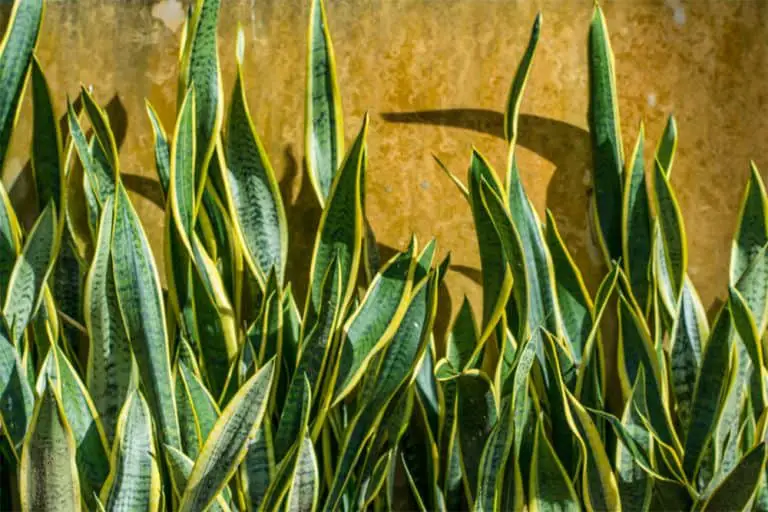
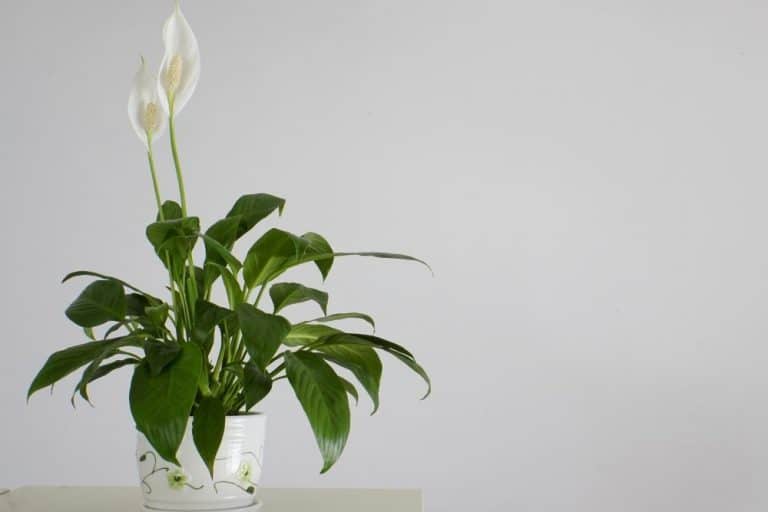
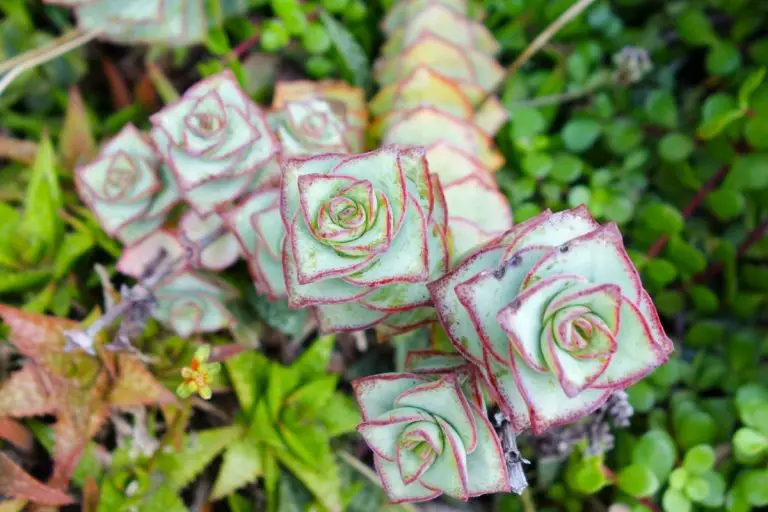
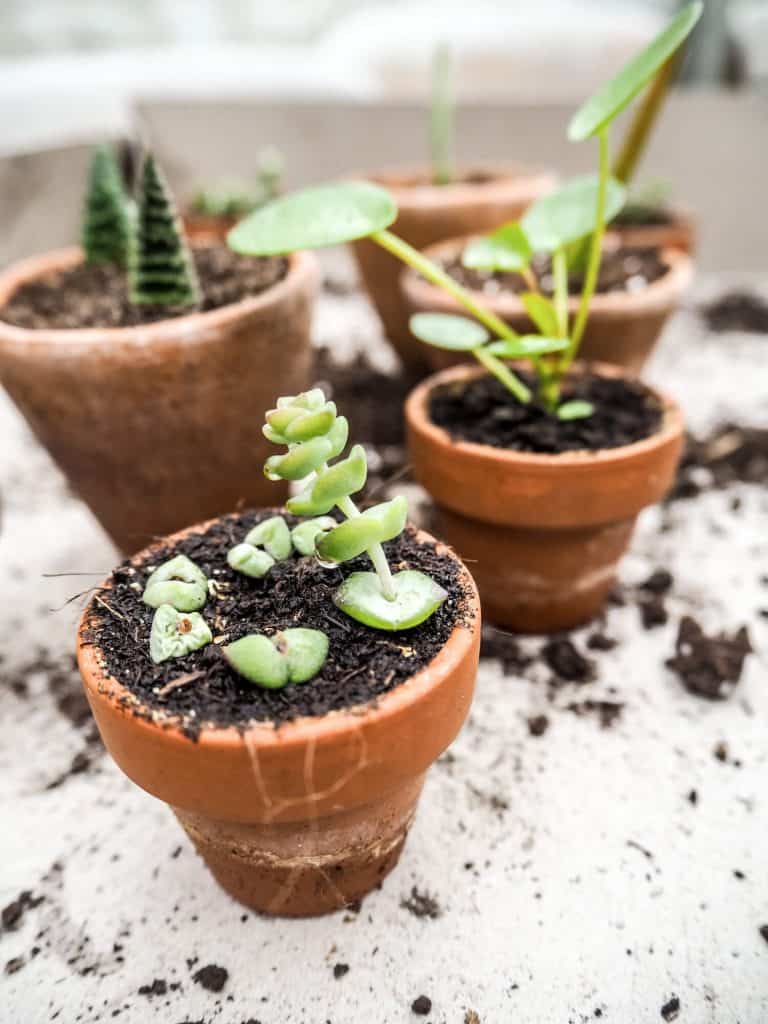
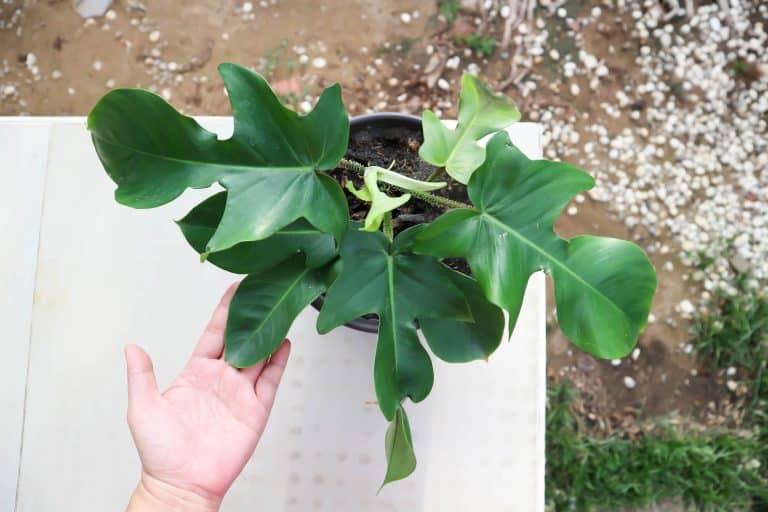
![How To Trim Basil Plant Without Killing It & What To Avoid! [2023]](https://aboveandbeyondgardening.com/wp-content/uploads/2022/10/how-to-trim-basil-plant-without-killing-it-768x513.jpg)